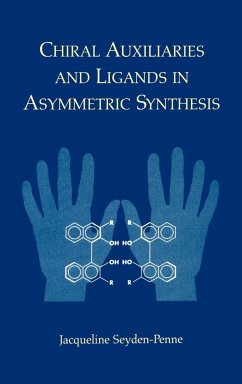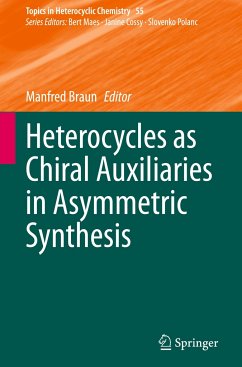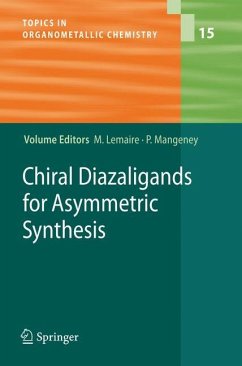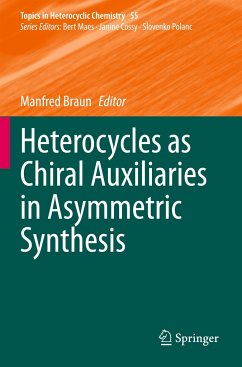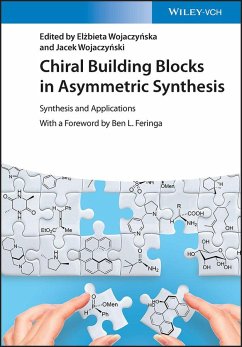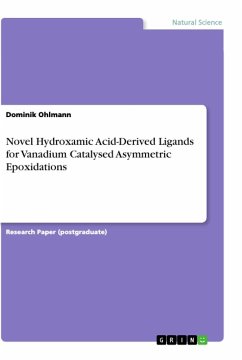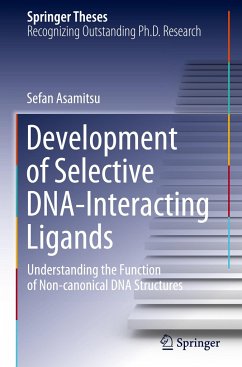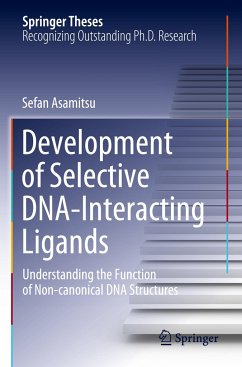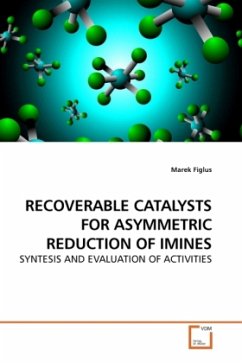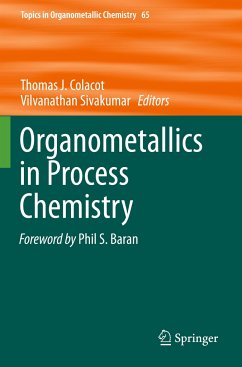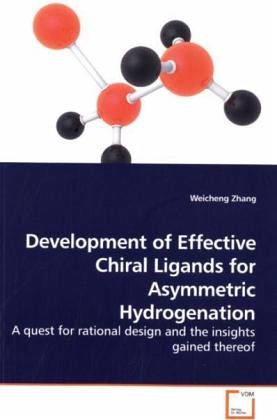
Development of Effective Chiral Ligands for Asymmetric Hydrogenation
A quest for rational design and the insights gained thereof
Versandkostenfrei!
Versandfertig in 6-10 Tagen
39,99 €
inkl. MwSt.

PAYBACK Punkte
20 °P sammeln!
Transition metal catalyzed asymmetric hydrogenation is a highly efficient reaction featuring broad substrate scope, high activity and selectivity, and minimum generation of by-products and wastes. In the past decades, this area has witnessed tremendous advances, which culminated in the 2001 Nobel Prize in chemistry awarded partly to Knowles and Noyori for their pioneering contributions. This monograph describes the author s endeavor toward a rational approach for ligand development. Chapter 1 presents a systematic review on fundamental principles of ligand design. As the essential part of this...
Transition metal catalyzed asymmetric hydrogenation is a highly efficient reaction featuring broad substrate scope, high activity and selectivity, and minimum generation of by-products and wastes. In the past decades, this area has witnessed tremendous advances, which culminated in the 2001 Nobel Prize in chemistry awarded partly to Knowles and Noyori for their pioneering contributions. This monograph describes the author s endeavor toward a rational approach for ligand development. Chapter 1 presents a systematic review on fundamental principles of ligand design. As the essential part of this book, Chapter 2 tells the story about creating a new effective chiral ligand, from initial design, through ligand synthesis and characterization, to its application in asymmetric hydrogenation. In Chapter 3, the development of monodentate spirocyclic ligands is discussed. This book would be interesting to those working on organic synthetic methodology, in particular asymmetric catalytic reactions.



